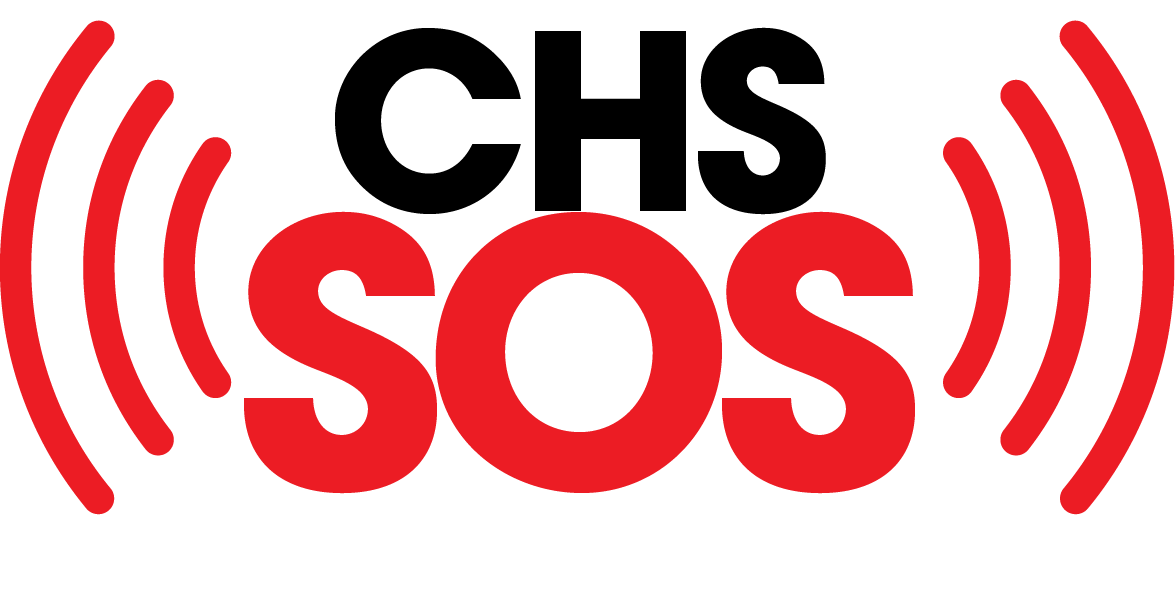Understanding CHS
Definition of CHS
So, Cannabinoid Hyperemesis Syndrome, or CHS – quite the mouthful, right? It’s what happens when smoking a lot of weed turns around and bites you back. After years of hanging out with Mary Jane, some folks start battling wretched bouts of feeling sick as a dog and endlessly hugging the toilet. This agony tends to pop in and out like an unwelcome guest. But guess what? Booting the bud usually gets things back to quiet and calm. Imagine going from feeling awesome to being a queasy mess until you wave goodbye to the green stuff.
Causes of CHS
Here’s the real kicker – nobody’s cracked the full story on why CHS shows up to ruin the party. The smart folks think it’s your body’s way of saying it’s had enough of the endocannabinoid fireworks. Cannabis throws a spanner in the works for the brain’s squeaky-clean operations, possibly flipping the nausea switch to “on” and forgetting to turn it off again. It’s not something every long-time herb lover has to worry about, but those caught in the loop have often been in the haze for years before the stomach circus rolls into town.
| Symptoms of CHS | Description |
|---|---|
| Nausea | You’re feeling like you’re gonna toss your cookies, often, and it’s no picnic. |
| Vomiting | Talking major upheaval in the tummy — once it starts, it’s like trying to stop a train. |
| Abdominal Pain | Your belly’s aching as though it’s playing host to a tiny kickboxing tournament. |
| Relief Methods | Want the secret? Hot baths or showers are like waving a magic wand to ease the bumpy ride. |
Getting to grips with CHS might just be the answer to that nagging question – why am I the picture of health one day, and then a queasy wreck the next? If I spot those signs popping up, especially after some seriously chill evenings with cannabis, it’s time to face the music and chat with a doctor. It’s like giving the game away but with the promise of getting things sorted and some much-needed relief.
Symptoms of CHS
So, you or someone you know might be dealing with Cannabinoid Hyperemesis Syndrome (CHS). Let’s break down what you should know about the symptoms and what to keep an eye out for during each phase, so we’ll be better equipped when chatting with a healthcare guru.
Prodromal Phase
First up, the prodromal phase is like a creepy horror flick where the ominous music cues up. You might feel kind of queasy with a hit-or-miss need to hurl, which isn’t any fun and could stretch on for months or even years, especially if you’ve been chilling with cannabis often. Usually, folks won’t connect these dots with their green habit, blaming a bad burrito or something else instead. Heads up, though: things might get worse if you keep cruising with cannabis.
Hyperemetic Phase
Now onto the hyperemetic phase, which cranks things up to 11. This is when the nausea in the morning gets brutal, turning you into a regular on the porcelain throne with all that puking and perhaps slimming down unwantedly. Some folks think puffing more will calm things down, but it’s kinda like tossing water on a grease fire—it won’t help and can make things worse (thanks for nothing, right?). There’s this quirky behavior of diving into hot showers to ease the nausea—believe it or not, quite a few folks swear by it.
| Symptom | Prodromal Phase | Hyperemetic Phase |
|---|---|---|
| Nausea | Stubborn | Really Bad |
| Vomiting | Once in a While | Hardcore |
| Weight Loss | Not Much | Definitely |
Recovery Phase
Finally, every cloud has a silver lining—the recovery phase. This magical phase pops up when folks put the cannabis down for good. Symptoms start disappearing, and you’re back to eating like a champ again. But—and it’s a big but—rolling up and lighting a new joint sends you back to square one. It’s a crucial fork in the road for managing CHS without the rerun button. Knowing your triggers and how to dodge them is key in keeping the symptoms at bay.
If you’re hungry for more scoop on CHS, why not check out our deep-dive into understanding the ins and outs of it? Gaining a solid grasp of symptoms means you’ll have a much smoother conversation with your doc when hashing it all out.
Diagnosis of CHS
Figuring out if you’ve got Cannabinoid Hyperemesis Syndrome (CHS) means recognizing some typical symptoms and maybe running a few checks. Let’s break it down for you.
Criteria for Diagnosis
To pin down CHS, doctors check for certain things:
- Long-term Cannabis Habit: Using marijuana on the regular, like weekly or daily.
- Nasty Nausea and Vomiting: Those severe, repetitive episodes that keep coming back.
- The Hot Shower Effect: Finding a bit of relief from those symptoms after a steamy shower or bath.
- Getting Better After Quitting: Feeling significantly better once you ditch the weed, often backed up by a clean pee test.
| Diagnostic Criteria | Description |
|---|---|
| Long-term Cannabis Habit | Regular weekly/daily use of marijuana |
| Nasty Nausea and Vomiting | Intense, cycle-like bouts |
| Relief from Hot Showers | Symptoms ease with hot shower/bath |
| Getting Better After Quitting | Conditions improve after stopping cannabis |
Sometimes, doctors will dig deeper into your past: how often you’re heaving, what’s happening when you’re not, and stuff you’ve tried before. Jotting these down before seeing the doctor might save some hassle. Check out this guide if you’re curious about early hints: early signs of CHS: how to recognize the condition.
Medical Tests for Diagnosis
There isn’t a one-and-done test for CHS, but doctors might suggest a few to rule out other nasties causing your queasiness:
- Blood Checks: Keeping tabs on dehydration or any imbalance in your body’s electrolytes.
- Pee Tests: Making sure nothing else is causing your troubles.
- Gut Imaging: Like an ultrasound or CT scan, just to be certain your digestive tract isn’t acting up.
These tests are all about giving your doc the full picture to confirm CHS is the culprit. Be open about your symptoms and that green friend of yours with your doctor. For more on how cannabis and CHS mix, give this a read: how does cannabis cause CHS? a deep dive into the science.
When you’re chatting with your doc about CHS, having all your symptom deets at the ready is super helpful. It’s a team effort to get your health sorted, so fess up about everything to get the best care possible.
Treatment for CHS
Getting a grip on cannabinoid hyperemesis syndrome (CHS) means locking down a treatment plan that works. You’ve got a couple of cards to play: quitting cannabis and, sometimes, spending a little time at the hospital if things get rough.
Cessation of Cannabis
Step one on the road to feeling better? Give cannabis the boot. As the folks at the Cleveland Clinic say, kicking cannabis to the curb is the only surefire way to put CHS behind you for good. Many folks start feeling the difference in about ten days, although it might take a few months to feel 100% again.
| Timeframe | Expected Recovery |
|---|---|
| 0-10 Days | Most folks start feeling better |
| 1-3 Months | Potential for a full bounce-back |
If you keep rolling with the green, those nagging symptoms will hang around like a bad penny. Looking into therapy or rehab might give that extra nudge if quitting feels like climbing Everest.
Hospitalization and Support Options
If you’re caught in a cycle of endless vomiting or battling dehydration, a detour to the hospital might be in order. There, medical staff can lend a hand with fluids and meds to tackle the nausea and puking. Things usually start looking up a couple of days after ditching the stash, proving a little professional TLC goes a long way (Cedars-Sinai).
CHS isn’t just about tossing your cookies—it’s got a mental piece, too. A chat with a counselor can open doors to understanding the why behind the cannabis habit. Chatting with your healthcare ninja about your options is the best move you can make in your recovery game.
Got CHS woes? Hit up your doc and spill the beans. Being real about your cannabis habit will help the doc dial in on the best game plan for you. Need some tips for these heart-to-hearts? Peep our resources on how to have that chat with your doctor about CHS symptoms.
Managing CHS
Lifestyle Changes
Dealing with Cannabinoid Hyperemesis Syndrome (CHS) isn’t easy, but shaking up your lifestyle can really help keep those pesky symptoms in check. The biggest game-changer? Kicking cannabis to the curb. Research backs it up: cutting out cannabis is the golden ticket to ditching CHS symptoms for good. A lot of folks wave goodbye to their symptoms within about 10 days after quitting, although it can take a while longer to feel completely back on track (Cleveland Clinic).
Aside from waving goodbye to cannabis, there are other lifestyle tweaks that can give your general well-being a boost:
| Lifestyle Change | How It Helps |
|---|---|
| Hydration | Keeping up with your fluids helps knock nausea down and keeps you energized. |
| Balanced Diet | Regular, small meals can be your stomach’s best friend, helping it work smoother and keeping nausea at bay. |
| Regular Exercise | A bit of light movement keeps the spirits high and stress levels low. |
| Stress Management | Yoga, meditation, whatever floats your boat—these are key for keeping anxiety away. |
Preventing Symptom Recurrence
After waving goodbye to cannabis, it’s time to lay down the groundwork to keep CHS symptoms from ever crashing your party again. Check out these tips to stay in the clear:
-
Avoid Triggers: Figure out what might lure you back to cannabis and steer clear of it like a pothole on an otherwise smooth road.
-
Therapeutic Support: Rehab programs, one-on-one therapy, or family counseling can back you up as you steer clear of your old habits (Cedars-Sinai).
-
Monitor Dietary Choices: Keep an eye on what you’re chowing down on. Some foods might settle the stomach, while others could be a recipe for queasiness. Jot it down in a food diary to catch patterns.
-
Routine Medical Checkups: Stay in touch with your healthcare pro to catch any hiccups early and stay on top of your recovery.
-
Education about CHS: Knowing the 411 on CHS helps in spotting red flags and getting help pronto.
Being proactive can make a world of difference in your quality of life and keeping CHS at bay. If you’re keen to learn how to chat with your doctor about CHS, you can find loads of resources to help you get the conversation started right.
Talking to Your Healthcare Provider
Sharing Your Symptoms
When chatting with my doctor about health stuff, it’s key to spill the beans about all my symptoms. Now, if you’ve never heard of CHS (cannabinoid hyperemesis syndrome), that’s probably ’cause it’s like the ghost of misdiagnosed ailments – stealthy. So, sharing my history, especially my relationship with cannabis, is a must. It’s not just about what’s up with the body, but also my habits. Mentioning how long I’ve been feeling nauseous and dashing to the bathroom or if a hot shower works magic on the stomach is golden info. This paints a picture for my doc leading to a more accurate diagnosis.
Here’s a quick snapshot of what I go through:
| Symptom | Description |
|---|---|
| Nausea | Constantly feeling like I’m gonna upchuck |
| Vomiting | It’s a regular, not-so-pleasant guest |
| Relief After Hot Shower | Ah, blessed short-lived comfort post-shower |
Those tests docs order – blood, urine, and even a peek inside my belly with imaging – might sound intense, but they help make sure nothing else is up.
Seeking Help and Support
If I’m in that place where I think cannabis might be causing this chaos, ditching the green stuff is the way to wrangle CHS. Scary? Sure, but I ain’t alone! My healthcare provider is just a call away and there are local addiction support options too. Teaming up for an action plan could mean joining support groups or chatting with a counselor. Realizing that I’m not on this rollercoaster by myself is a big comfort.
Docs might tick off a few boxes to confirm CHS: check for long-term cannabis use, outrageous nausea and vomiting, and if steamy showers are my go-to relief trick. When symptoms start to ease post-marijuana, that’s usually a dead giveaway for CHS.
Taking the bull by the horns in these healthcare talks and staying active in my health decisions helps me get a handle on this slippery condition. For the 411 on CHS, peek at our helpful guide on cannabinoid hyperemesis syndrome: what’s going on and how to tackle it.



1 Comment